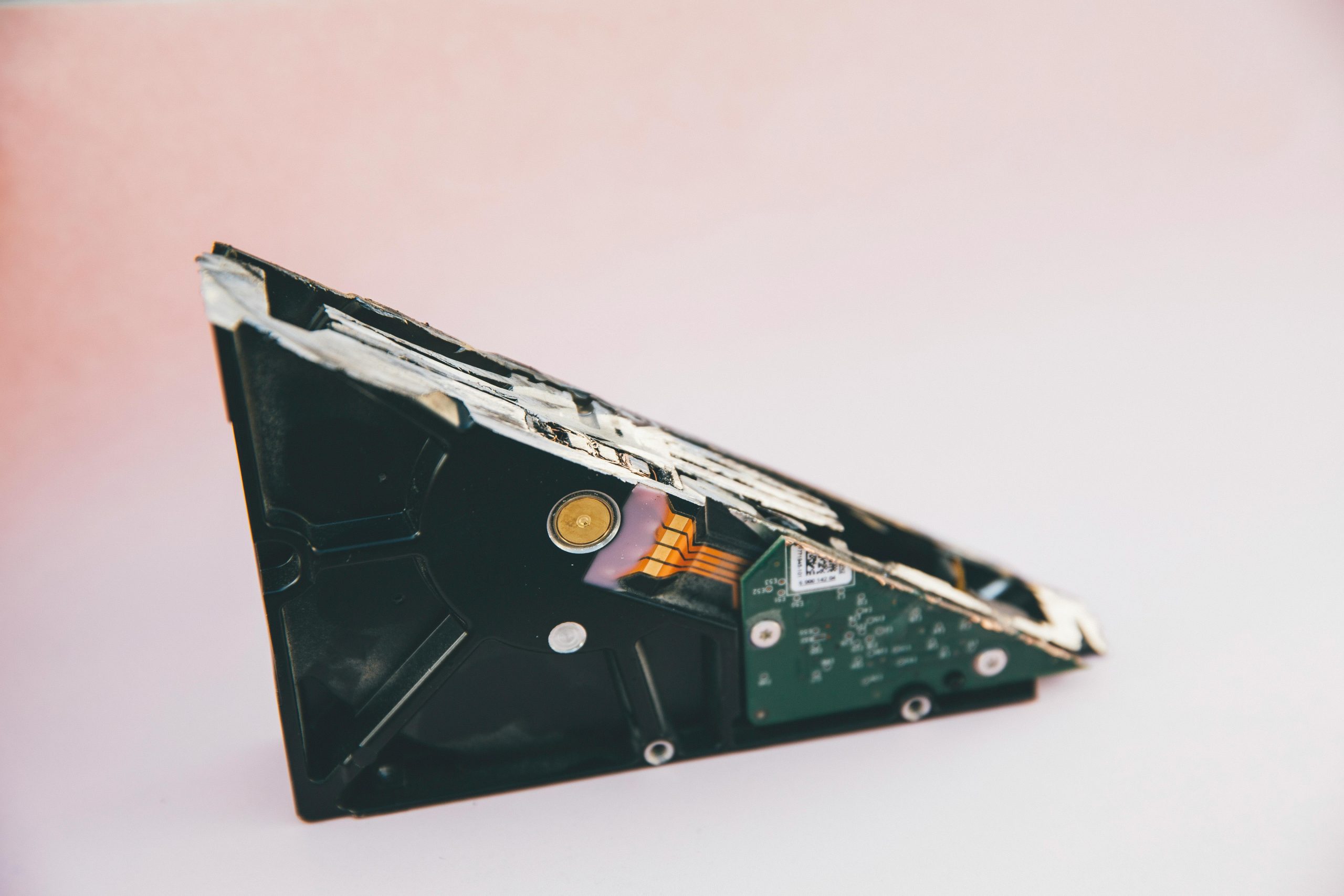Troubleshooting External SSD Access Issues: Windows Reports Files as Corrupted While Mac Handles Them Seamlessly
Introduction
External storage devices are essential tools for professionals and everyday users alike, facilitating data transfer and backup processes. However, encountering issues where an external SSD behaves differently across operating systems can be perplexing. Specifically, some users report that their external SSD appears to function flawlessly on macOS but exhibits file corruption errors on Windows. This article explores potential causes for such discrepancies and provides practical solutions to resolve them.
Case Overview
Consider a scenario involving an external SSD—specifically, a Crucial X9 model—that, when connected to a Windows 10 PC, causes files to appear as corrupted or inaccessible. The system also experiences slow performance and overall lag. Conversely, plugging the same SSD into a Mac (e.g., an M3 Pro MacBook) results in smooth operation with all files accessible and intact.
While hardware specifications like an NVIDIA RTX 3060, AMD Ryzen 7 5800X processor, and 32GB of DDR4 RAM may be relevant for overall system performance, the core issue revolves around external storage compatibility and file system handling across different operating systems.
Potential Causes
-
File System Compatibility and Corruption
-
Different File Systems: External drives formatted with macOS-only file systems (e.g., APFS) are not natively supported by Windows, leading to read/write issues. Conversely, drives formatted with exFAT or NTFS are generally accessible, but issues can arise if the drive was not properly ejected or is corrupted.
-
Inconsistent Formatting: If the drive was formatted with a Windows-specific filesystem on a Mac, or vice versa, it could lead to compatibility issues.
-
Drive Errors or Corruption
-
The drive may have filesystem errors or corruption, which Windows detects but macOS can sometimes bypass or handle better.
-
Driver or Software Issues
-
Outdated or corrupted drivers for external storage devices can cause access problems on Windows.
-
Hardware Faults
-
Faulty cables, ports, or the SSD itself may result in slow performance and accessibility issues.
Solutions and Recommendations
-
Verify Drive Format
-
Connect the SSD to your Mac.
-
Open Disk Utility (Applications > Utilities > Disk Utility).
-
Select the drive and check the format.
-
If it’s formatted with a macOS-exclusive filesystem such as APFS, consider reformat
Share this content:



